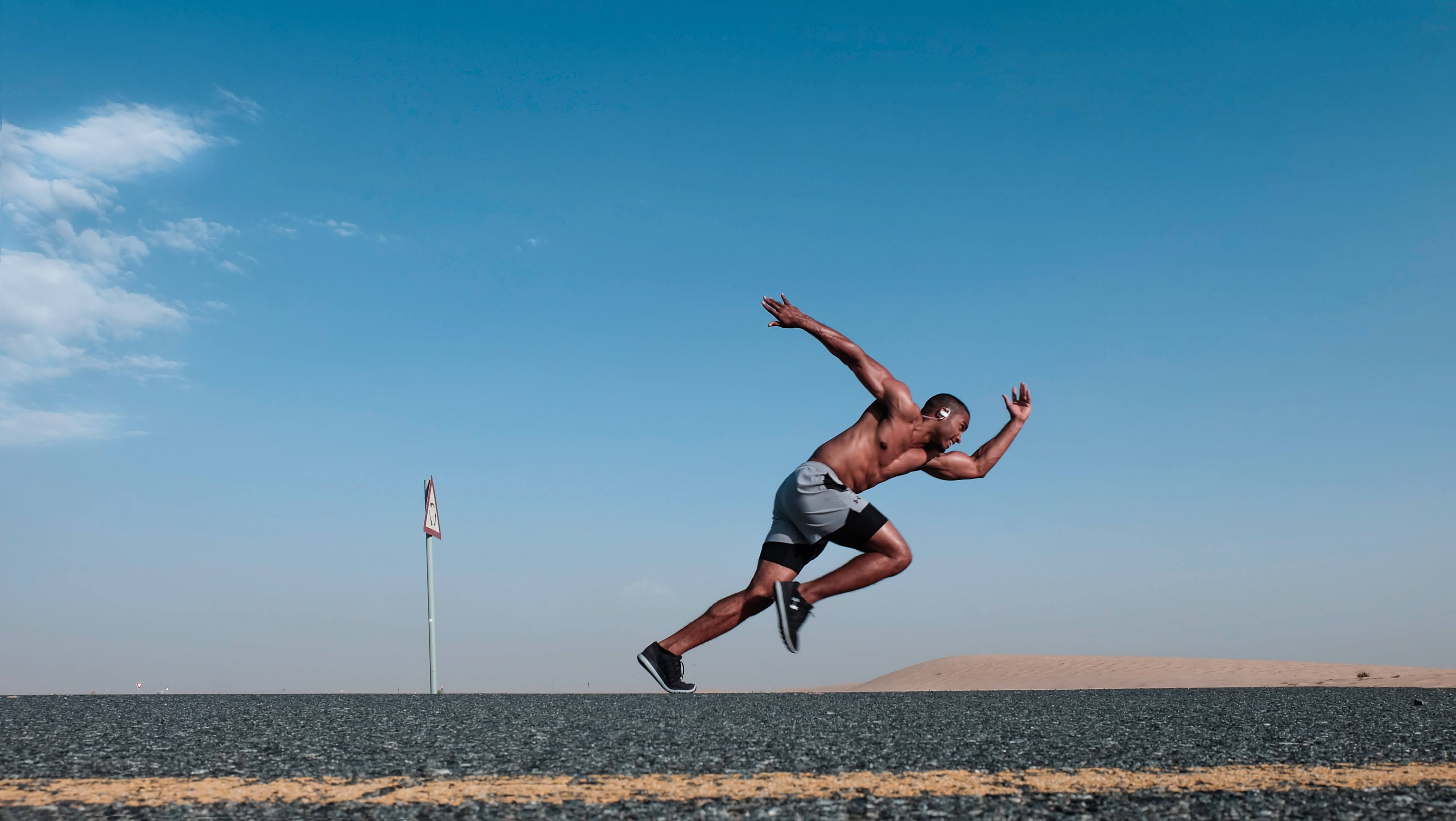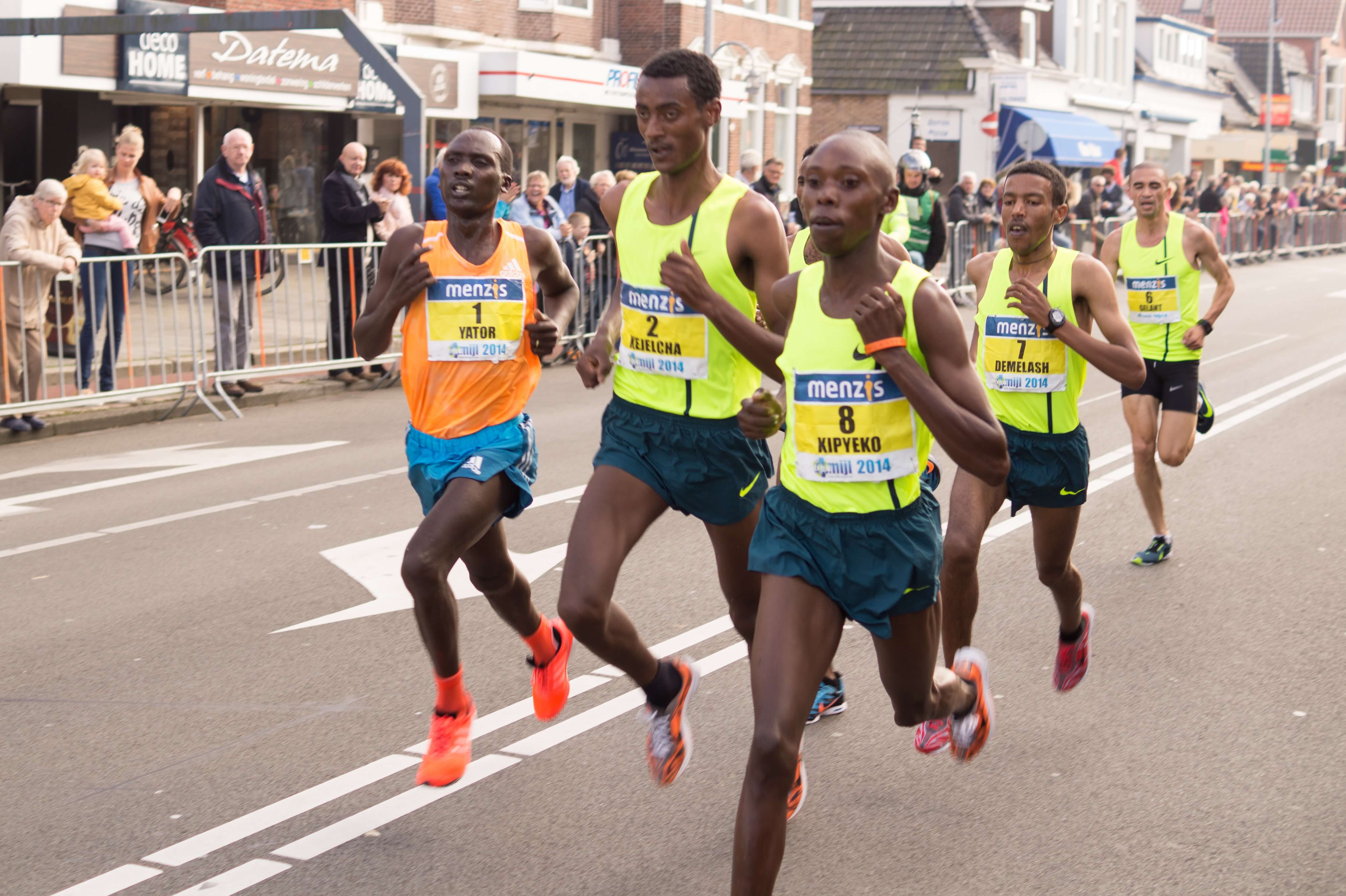ChiRunning: How To Run More Efficiently and Injury-Free

Recovering from a tenacious knee injury, I was forced to rethink and reassess my usual easy, no-care, no-fuss approach to all things running. Up to that point, I firmly believed that running, in all shapes and forms, comes naturally to all of us and that too much tweaking may cause more harm than good. But, sorrowfully, my trusted physiotherapist burst my bubble. He pointed out that my weak knee stabilizer muscles and poor form were bound to cause more serious injuries. So, I somberly started to investigate all things strike, stride, form, and cadence.
Now, plenty of good articles out there revel in the benefits of a faster running cadence and correct form. But, being a heel-striking, 160 average rpm runner for more than half my life, I pondered the achievability of too drastic changes.

ChiRunning: What Is It?
Enter an article on ChiRunning and claims of running “injury free for life”. According to the founders of ChiRunning, mastering this approach will improve a runner’s performance by adopting a more efficient and natural running technique. Their mission, so they claim, is to help you love running forever.
Natural running? Could it imply anything other than “just running” in your own accustomed yet peculiar way? Apparently, yes. Because “natural”, in this sense, has more to do with a healthy, aligned posture than just beating it out the way that feels easy to you.
ChiRunning uses the principles of Tai Chi to focus on alignment, relaxation and proper form. It emphasizes posture, core strength, relaxed legs, and mindfulness in running. Now that is a mouthful, I know! But before you scroll on, bear with me.

Where Did ChiRunning Come From?
After completing his first ultramarathon in 1997, Danny Dreyer from Boulder, Colorado, started to take note of the powerful, effortless way in which masters of Tai Chi moved their bodies. On his website he elaborates:
“T’ai chi is the mother of all martial arts, based on the premise that all movement and power originates from your center, not your arms and legs. For centuries, the Chinese have studied animal movement and found that all movement in the body revolves around a central axis (along with the spine) while the arms and legs remain as relaxed as possible and act only as conduits for the force generated by your core.
“What if I could apply these principles to running?”, he thought. Soon Dreyer started working with Tai Chi Master Zhu Xilin and came up with the basics of ChiRunning. After years of practice with various Tai Chi Masters, Dreyer went on to teach the methods of Chi-Running to other runners. In 2004 he published his first book titled “ChiRunning”. The book has sold more than 300 000 copies and was followed by books such as “ChiWalking: Five Mindful Steps to Lifelong Health and Energy“ (2006) and “ChiMarathon: The Breakthrough Natural Running Program for a Pain-Free Half Marathon and Marathon” (2012). Today, over 200 certified instructors are teaching runners the principles of ChiRunning and ChiWalking in 15 languages in 28 countries.
Principles of ChiRunning (and ChiWalking)
None of the key principles of ChiRunning sounds too foreign or very much undoable individually, But to apply them in combination it will take some practice. As in a 10-week-long-course-type practice. But, to get a feel for what ChiRunning entails there are numerous videos on Youtube where Danny Dreyer himself instructs students on the basics of the method. These, and of course Dreyer’s books, will be a good starting point.
ChiRunning boils down to five main aspects:
Engage your core. According to the ChiRunning method, the core is the powerhouse from where all movement should originate. With your core engaged during running, your limbs play a supportive role only, instead of doing all the work.
Lean forward. ChiRunning teaches runners to lean forward from the ankles (not the trunk). Doing so you employ gravity for forwarding motion, instead of relying on your limbs only. In Dreyer’s instruction videos, he illustrates how to change the angle of the forward lean to adapt for various running speeds. One of the students at a ChiRunning course reported that she envisioned a rider on a unicycle. Only by leaning forward will the cycle get into motion while staying balanced.
Increase your cadence. A runner’s cadence should ideally be around 180 rpm. Soft, quick steps decrease the time during which feet are in contact with the ground. Thereby it also decreases the overall impact on the body and the risk of injury. With a slower cadence, Dreyer says, your stride is too long and you are working too hard.

Mid-foot foot strike. Properly mastering the previous three aspects should automatically result in a mid-foot strike. The landing foot should always be right below the body or even slightly behind it, resulting in a straight line from head to toe during push off.
Breathe and relax. Tense spots during running wastes energy and cause injuries. ChiRunning teaches students to run mindfully, to breathe correctly and to relax.
Dreyer claims in his book that applying these principles of alignment and relaxation, efficiency increases and impact with the ground decreases. A runner should be able to run farther, faster or more often without increasing your risk of injury. The body takes less strain because it runs more fluidly while using the pull of gravity for propulsion.
In a Nutshell
According to the founders of ChiRunning, the majority of their clients are injured runners and walkers between 40 and 60 years of age, and most of them complain of their knees. They all look for easier, more efficient ways to run and without the pain. All of which, they claim, they later found by mastering ChiRunning. That said, changing your entire approach to running may not be easy or happen overnight. But it sure does look doable and with the proposed benefits may very well be worth looking into.
Sources
- , 5 Elements of Chi Running, Online Publication
- , Find Your Chi (Running), Online Publication
- , ChiRunning, Online publication. Retrieved
- , ChiRunning: Unearth the Secret to Easier, Faster, & Smarter Running, Website. Retrieved
- , 5 Ways to be a Faster and Happier Runner, Online Publication
- , Mindful ChiRUnning, Online Publication
- , Chi Runners Poised for Softer Landings, Online Publication
Latest Articles
 Is Running on a Treadmill Easier Than Running Outside?Runners have their own preferences, whether it is treadmill running, running outside on the road, or exploring trails. So...
Is Running on a Treadmill Easier Than Running Outside?Runners have their own preferences, whether it is treadmill running, running outside on the road, or exploring trails. So... Is It OK to Use Trail Running Shoes on the Road?While trail running shoes can be used on roads, especially in situations where a runner encounters mixed terrains or pref...
Is It OK to Use Trail Running Shoes on the Road?While trail running shoes can be used on roads, especially in situations where a runner encounters mixed terrains or pref... How to Fix Sore Quads After Running?Rest, ice, gentle stretching, and over-the-counter pain relievers can help soothe sore quads after running. Also, ensure ...
How to Fix Sore Quads After Running?Rest, ice, gentle stretching, and over-the-counter pain relievers can help soothe sore quads after running. Also, ensure ... 10 Fruits With The Most Electrolytes to Replace Sports DrinksThese fruits are high in electrolytes such as potassium, magnesium, and calcium, essential for hydration, muscle function...
10 Fruits With The Most Electrolytes to Replace Sports DrinksThese fruits are high in electrolytes such as potassium, magnesium, and calcium, essential for hydration, muscle function...

